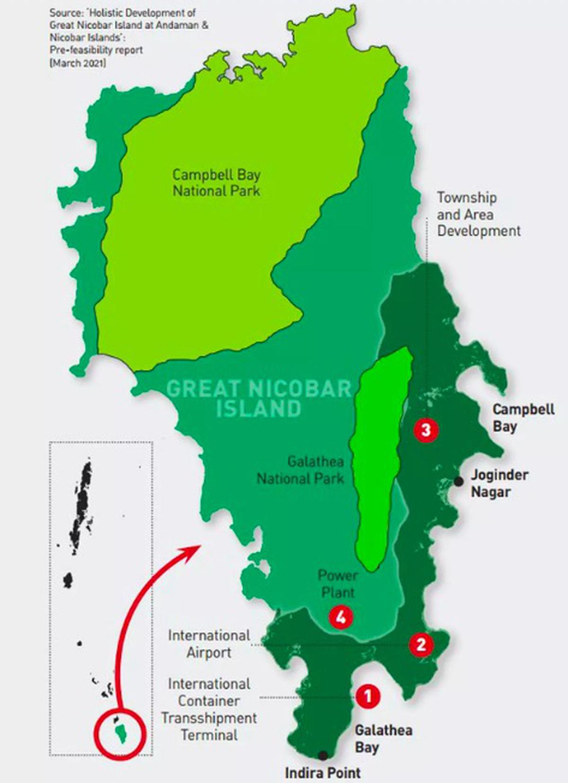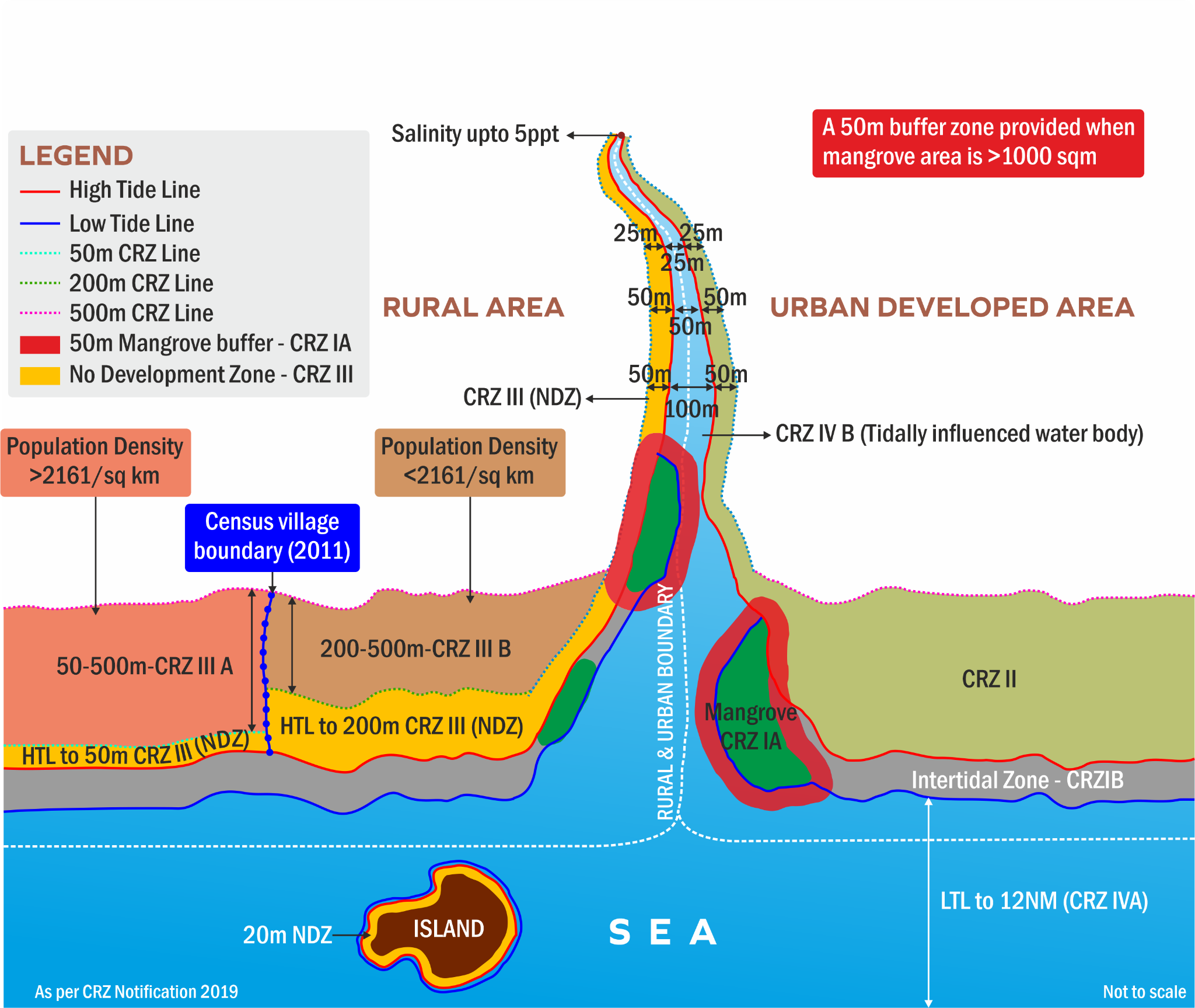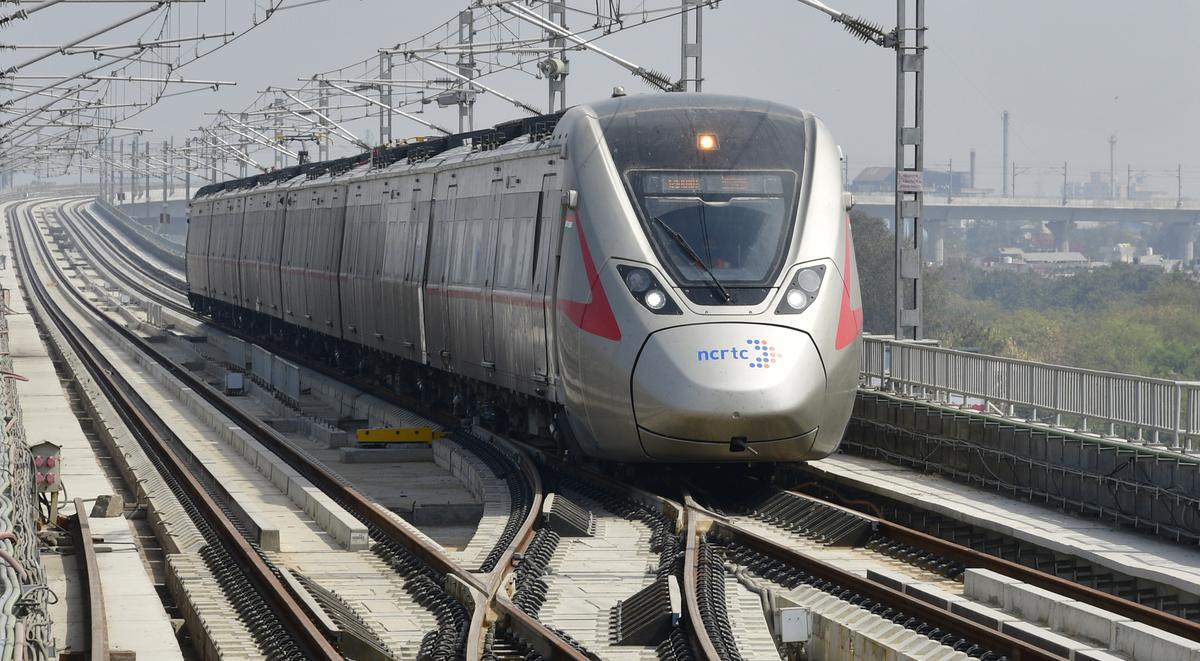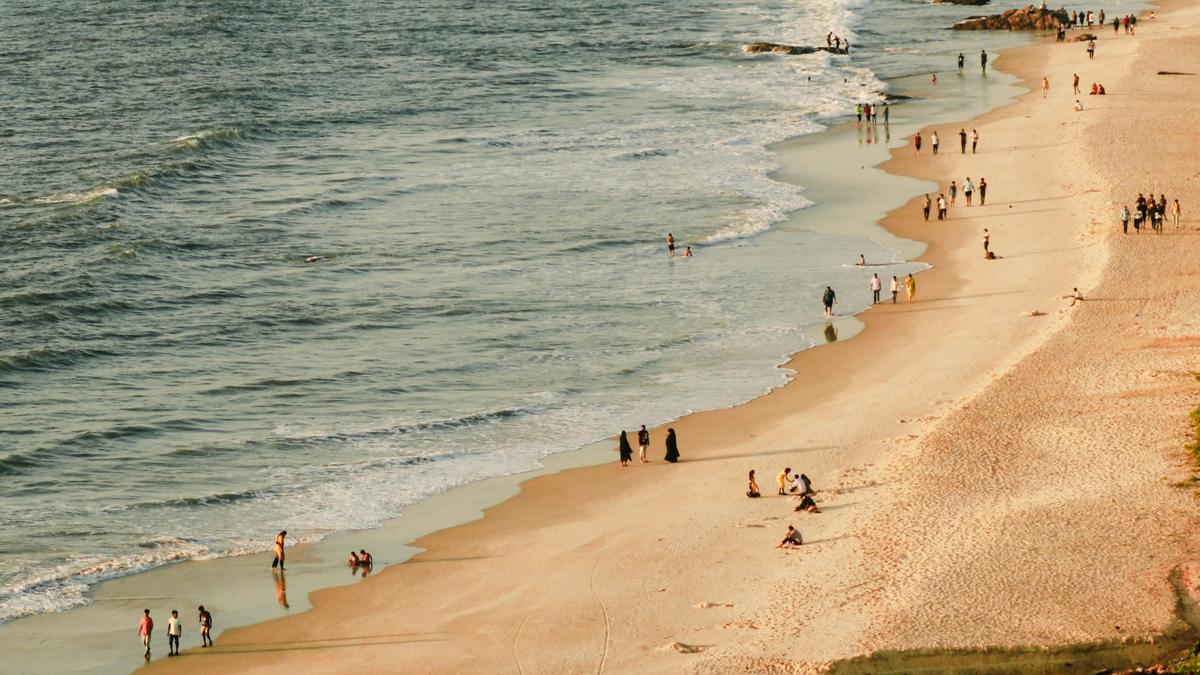- Courses
- GS Full Course 1 Year
- GS Full Course 2 Year
- GS Full Course 3 Year
- GS Full Course Till Selection
- Online Program
- GS Recorded Course
- NCERT (Recorded 500+ Hours)
- Polity Recorded Course
- Geography Recorded Course
- Economy Recorded Course
- AMAC Recorded Course
- Modern India, Post Independence & World History
- Environment Recoded Course
- Governance Recoded Course
- Science & Tech. Recoded Course
- International Relations and Internal Security Recorded Course
- Disaster Management Module Course
- Ethics Recoded Course
- Essay Recoded Course
- Current Affairs Recoded Course
- CSAT
- 5 LAYERED ARJUNA Mentorship
- Public Administration Optional
- ABOUT US
- OUR TOPPERS
- TEST SERIES
- FREE STUDY MATERIAL
- VIDEOS
- CONTACT US
Nicobar Port Plan: From No-Go Zone to Permitted Area
Nicobar Port Plan: From No-Go Zone to Permitted Area
03-08-2024

The proposed Nicobar port plan, which was initially flagged as being in a no-go zone, has now been deemed to be in a permitted area.
- A high-powered committee (HPC) appointed by the National Green Tribunal (NGT) has concluded that the transshipment port does not fall in the Island Coastal Regulation Zone-IA (ICRZ-IA), where ports are prohibited, but is in ICRZ-IB where they are permitted.
- This conclusion is at variance with the information submitted by the Andaman & Nicobar Coastal Management Authority during the green clearance process for the project.
- The HPC's conclusion was based on a ground-truthing exercise carried out by the National Centre for Sustainable Coastal Management (NCSCM).
- The project, which includes the construction of an international container transshipment terminal, township, and airport, has been opposed by environmentalists and activists due to concerns about its impact on the environment and local communities.
What is the Great Nicobar ‘Holistic Development’ Project?
- Project Overview: Launched in 2021, the Great Nicobar Island (GNI) project is a mega infrastructure initiative aimed at transforming the southern end of the Andaman and Nicobar islands.
- Components:
- Trans-shipment Port: An International Container Trans-shipment Terminal (ICTT) expected to bolster the regional and global maritime economy.
- Greenfield International Airport: Facilitating global connectivity.
- Township Development: New urban development that may include a Special Economic Zone.
- Power Plant: A 450 MVA gas and solar-based power plant.
- Strategic Location: Positioned near the Malacca Strait, a key maritime route connecting the Indian Ocean to the Pacific Ocean. The project aims to facilitate the deployment of additional military forces, larger warships, aircraft, missile batteries, and troops. Close to the Malacca Strait, the upgrade is crucial for India’s strategic interests, particularly against the backdrop of increasing Chinese presence and influence in the region.
Project Impact on Environment:
- Deforestation: The project will involve the felling of approximately 8.5 lakh trees in the rich rainforests of Great Nicobar.
- Wildlife Displacement: The de-notification of the Galathea Bay Wildlife Sanctuary and the declaration of a “zero extent” eco-sensitive zone for Galathea National Park threaten critical habitats.
- Ecological Destruction: Home to unique and threatened tropical evergreen forest ecosystems, the construction may cause irreversible damage to the island’s biodiversity, including endemic species like the Nicobar Megapode and leatherback turtles.
- Biodiversity Protection: The project contradicts India's commitments under the Convention for Biological Diversity to halt and reverse biodiversity loss by 2030 and protect areas of high ecological importance.
Concerns of the Local Tribes:
- The Shompen and Nicobarese tribes, primary inhabitants of the island, face significant displacement and cultural disruption.
- Despite claims of protecting tribal interests, local communities have not received adequate responses to their concerns and requests for relocation.
- Local communities withdrew their consent for the project in November 2022, which is necessary for its implementation as the land is part of the tribal reserve.
Technical and Legal Issues:
- Seismic Risks: Great Nicobar rests on a major fault line and is prone to earthquakes and tsunamis. There has been no comprehensive risk assessment conducted for these natural hazards.
- Inadequate Reports: The Environmental Impact Assessment (EIA) report lacks compliance with several Terms of Reference and fails to address critical environmental and social impacts.
- Legal Challenges: Many approvals and exemptions granted under various laws protecting forests, tribal rights, and coastal ecosystems could face legal challenges in courts and tribunals.
Why was the Project Previously Flagged in a No-Go Zone?
- Initial Information: The Andaman & Nicobar Coastal Management Authority stated that the port, airport, and township spanned 7 sq km in the Island Coastal Regulation Zone-IA (ICRZ-IA), where port activities are prohibited.
- Environmental Concerns: The ICRZ-IA areas are ecologically sensitive zones including mangroves, corals, coral reefs, sand dunes, mudflats, marine parks, wildlife habitats, salt marshes, turtle and bird nesting grounds.
- Permitted Activities in ICRZ-IA:
- Eco-tourism activities like mangrove walks and natural trails.
- Roads and roads-on-stilts for defence and strategic projects, with necessary permits.
What is the Island Coastal Regulation Zone (ICRZ)?
- The Central Government has declared certain coastal stretches of the Andaman & Nicobar Islands and Lakshadweep as Island Protection Zone (IPZ) under the Environment Protection Act, 1986.
- In response to representations from various stakeholders, the Ministry of Environment, Forest and Climate Change (MoEF&CC) has revised the IPZ Notification, 2011, establishing the Island Coastal Regulation Zone (ICRZ), 2011 to regulate activities within 500m of the High Tide Line (HTL) and 100m along banks of creeks, estuaries, backwaters and rivers subject to tidal fluctuations.
Categories of ICRZ:
- ICRZ-I: Ecologically sensitive areas and areas between the LTL and HTL.
- ICRZ-IA: Ecologically sensitive and important areas such as national parks/marine parks, sanctuaries, reserve forests, wild habitats, mangroves, corals/coral reefs, areas close to breeding and spawning grounds of fish and other marine life, areas of outstanding natural beauty, historical and heritage areas, areas rich in genetic biodiversity, areas likely to be inundated due to rise in sea level consequent upon global warming, and such areas as may be declared by the authorities.
- ICRZ-IB: Intertidal zones between the Low Tide Line and High Tide Line.
- ICRZ-II: Areas that are already developed up to or close to the shoreline.
- ICRZ-III: Relatively undisturbed areas not falling into CRZ-I or II, including both developed and undeveloped areas.
- ICRZ-IV: Coastal stretches in the Andaman and Nicobar Islands, Lakshadweep, and small islands, except those designated as CRZ-I, II, or III.

What led to the Reclassification to a Permitted Area?
- The High-Powered Committee (HPC) appointed by the National Green Tribunal (NGT) concluded that no part of the project falls in the ICRZ-IA area based on a "ground-truthing exercise" by the National Centre for Sustainable Coastal Management (NCSCM).
- The NCSCM concluded that no part of the project fell under the ICRZ-IA area, confirming it was within the permissible Island Coastal Regulation Zone-IB (ICRZ-IB) area.
HPC’s Conclusions and Recommendations:
- Coral Colonies: The HPC agreed with the Zoological Survey of India's recommendation to translocate 16,150 out of 20,668 coral colonies. Continuous observation of sedimentation for the remaining 4,518 colonies was recommended.
- Baseline Data Collection: The HPC determined that one-season baseline data collection (excluding the monsoon season) was adequate for assessing the environmental impact of the project, as per the EIA notification, 2006.
- Environmental Compliance: The HPC’s findings were submitted to the NGT bench by the Andaman and Nicobar Islands Integrated Development Corporation (ANIIDCO). ANIIDCO assured that no activity is proposed within the ICRZ-IA area, in line with specific and general conditions of the environmental clearance. ANIIDCO did not disclose the minutes of HPC’s meetings, citing the project's defence and strategic nature.
What are the Stakeholders’ Responses to the Project?
- NGT’s Role: A special bench of the NGT formed the HPC to revisit the project’s environmental clearance, addressing concerns raised by environmentalists.
- Activist’s Plea: Environmental activists filed a plea seeking the exclusion of the project’s activities from ICRZ-IA and disclosure of HPC’s recommendations and meeting minutes.
- Government Response: The Andaman & Nicobar administration has yet to respond to queries regarding changes in the project’s siting and differing information about its extent in ICRZ areas.
- Political and Public Outcry: Political leaders questioned the change in land categorization and demanded transparency regarding the new information that led to this change. There are demands for a thorough impartial review of the proposed projects, including by concerned Parliamentary committees.
National Green Tribunal:
- The NGT has been established in 2010 under the National Green Tribunal Act 2010 to effectively and expeditiously dispose of cases relating to environmental protection, conservation, and compensation for damages to persons and property and for matters connected therewith or incidental thereto.
- The Tribunal shall not be bound by the procedure laid down under the Code of Civil Procedure, 1908, but shall be guided by principles of natural justice.
- The Tribunal is mandated to make an endeavor for disposal of applications or appeals finally within 6 months of filing of the same.
- New Delhi is the Principal Place of Sitting of the Tribunal and Bhopal, Pune, Kolkata, and Chennai shall be the other four places of sitting of the Tribunal.
Forward-looking Key Points:
- Comprehensive and Transparent EIA: A comprehensive and transparent EIA should be conducted by an independent body to assess the project's full environmental and social implications.
- Minimize Environmental Impact: Effective measures to minimize the project's environmental impact, such as habitat restoration, carbon offsetting, and wildlife conservation, should be implemented.
- Participatory Approach: A participatory approach involving the Shompen and Nicobarese tribes is essential. Fair and equitable resettlement plans should be developed.
- Regular Public Consultations: Regular public consultations and disclosure of project information are crucial to building trust.
- Explore Alternative Development Models: Explore alternative development models that prioritize sustainability and minimize environmental impact.
- Robust Monitoring System: Establish a robust monitoring system to track the project's environmental and social impacts.



